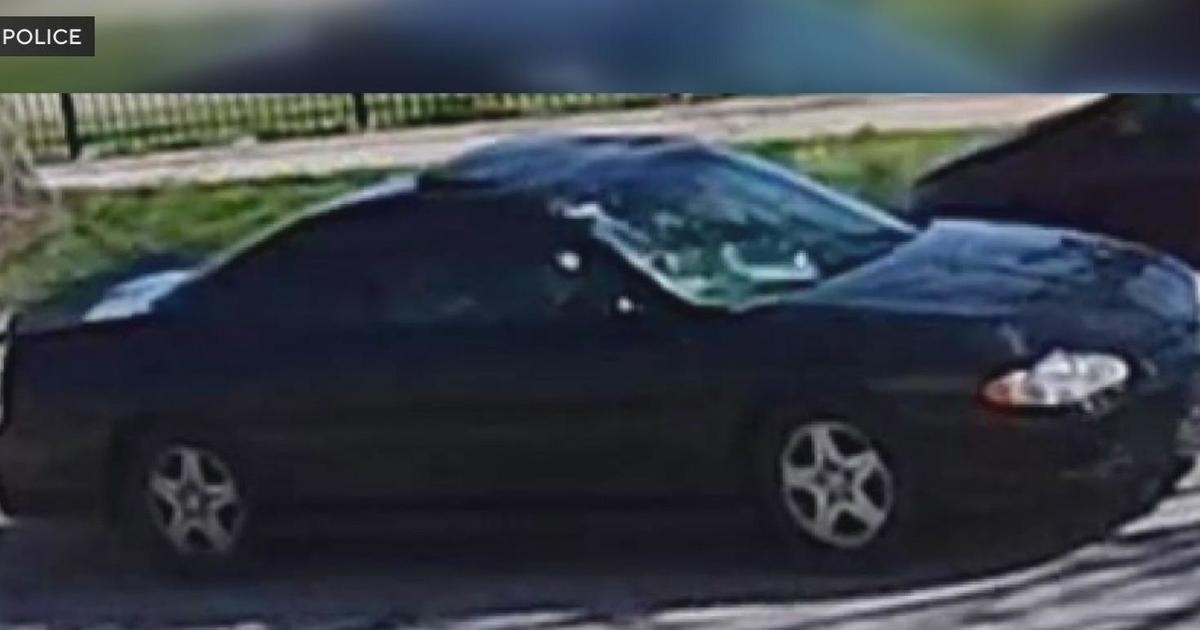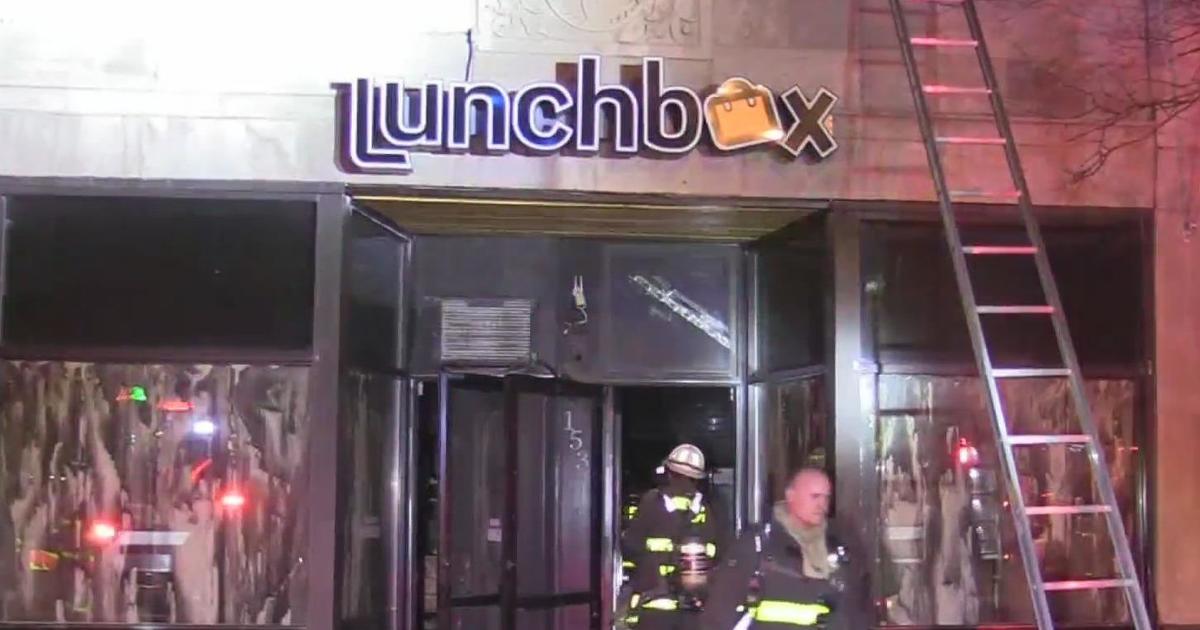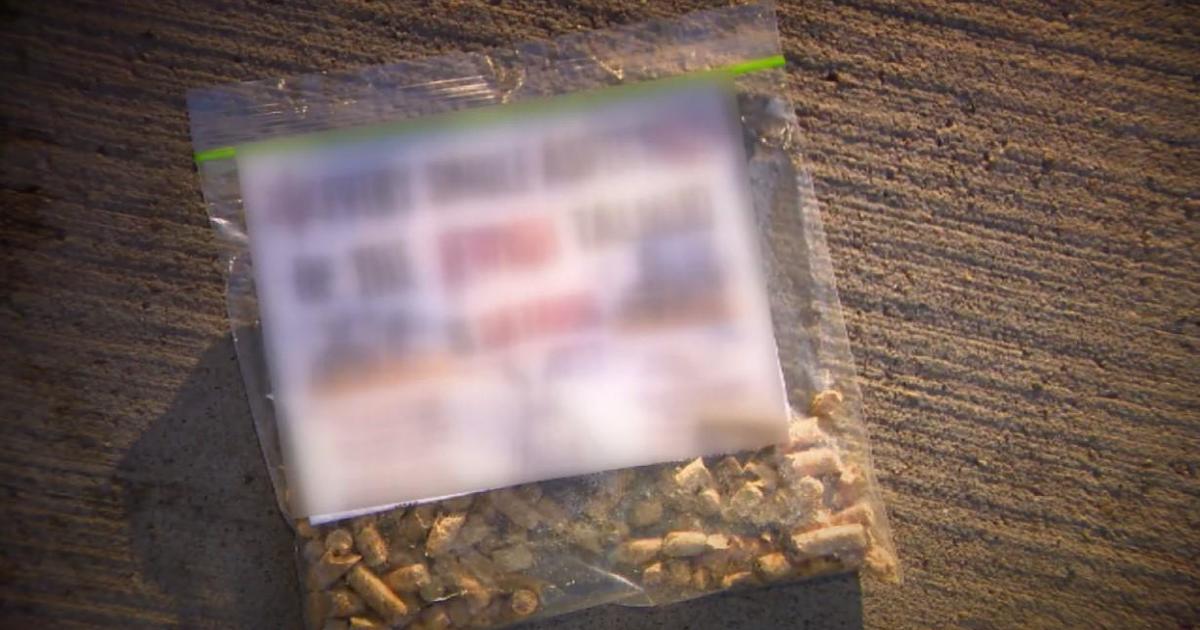Southwest Suburban High School Teacher Set To Fly High With NASA
FRANKFORT, Ill. (STMW) -- Lincoln-Way North High School teacher Margaret Piper will be flying high as part of NASA's Stratospheric Observatory for Infrared Astronomy (SOFIA) program.
The southwest suburban Orland Park resident is one of just six teachers selected to take part in a research flight scheduled for Wednesday. She teaches physics, astronomy and meteorology at the Frankfort school.
The observatory is a highly modified Boeing 747 fitted with a 100-inch diameter telescope. The telescope analyzes infrared light to study the formation of stars and planets. It also looks at the chemistry of interstellar gases, the composition of comets, asteroids and planets and black holes at the center of galaxies.
Piper, 50, was both stunned and excited when she heard the news of her selection for the program. And her husband and four children were just as excited for her — so much so, her daughter started calling her an "almost-naut."
"I had been telling my students I'm going up with SOFIA some day," she said. "When I found out I was going this year, I didn't believe it at first."
The aircraft flies at up to 45,000 feet to get above 99 percent of the water vapor and other gases in the atmosphere that would block infrared light. Piper doesn't know what her specific tasks aboard the SOFIA flight will be yet, but she will find out at the pre-flight meeting the day before. Piper suspects the flight will take place over the Pacific Ocean and last up to 10 hours.
"This is when they will make decisions on how they will approach things," she said.
Though the flight in itself is a once-in-a-lifetime experience, the best part for Piper is what she will bring back to the classroom.
"I've always told them (students) that during their lifetime they or someone they know will go to the moon or land on Mars. It's not crazy talk," Piper said.
Piper plans to talk with her students about things such as why it's necessary to fly that high and why NASA uses an airplane rather than the Hubble Space Telescope for the research. For one, doing research aboard the jet is much cheaper.
Piper said she sees her experience as one more connection for her students — a way to spark their interest and help them understand space sciences better.
"Enabling educators to join SOFIA's scientific research and take that experience back to their schools and communities is a unique opportunity for NASA to enhance science and math education across the country," said John Gagosian, SOFIA program executive.
More than 70 teachers flew on NASA's previous flying observatory, the Kuiper Airborne Observatory, from 1991 through 1995, and that program had long-lasting, positive effects on both the teachers and their students, he said.
Working as a metallurgical and materials engineer before getting into teaching, Piper has also become an amateur astronomer. She has grown her love of astronomy with the help of the people at the Yerkes Observatory at the University of Chicago. She said the people she has worked with at the observatory have allowed her to expand her level of engineering and astronomy knowledge.
"The kids get to learn from me and I get to learn from people who do world-class work. It's amazing," she said.
(Source: Sun-Times Media Wire © Chicago Sun-Times 2010. All Rights Reserved. This material may not be published, broadcast, rewritten, or redistributed.)



